Menu
Keloid scars are a common but distressing condition for those who develop them. Unlike typical scars, which often fade and improve over time, keloids can continue to grow and remain raised, often causing itching, pain, and cosmetic concerns. Among the various treatments available, steroid injections are the gold standard and have gained significant attention for their effectiveness in managing keloid scars
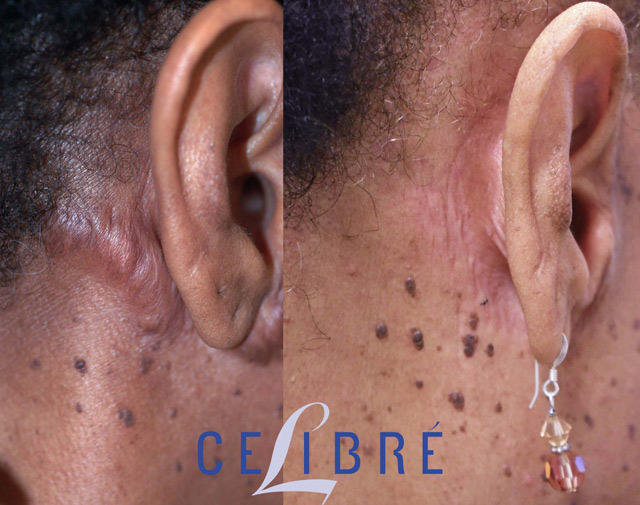
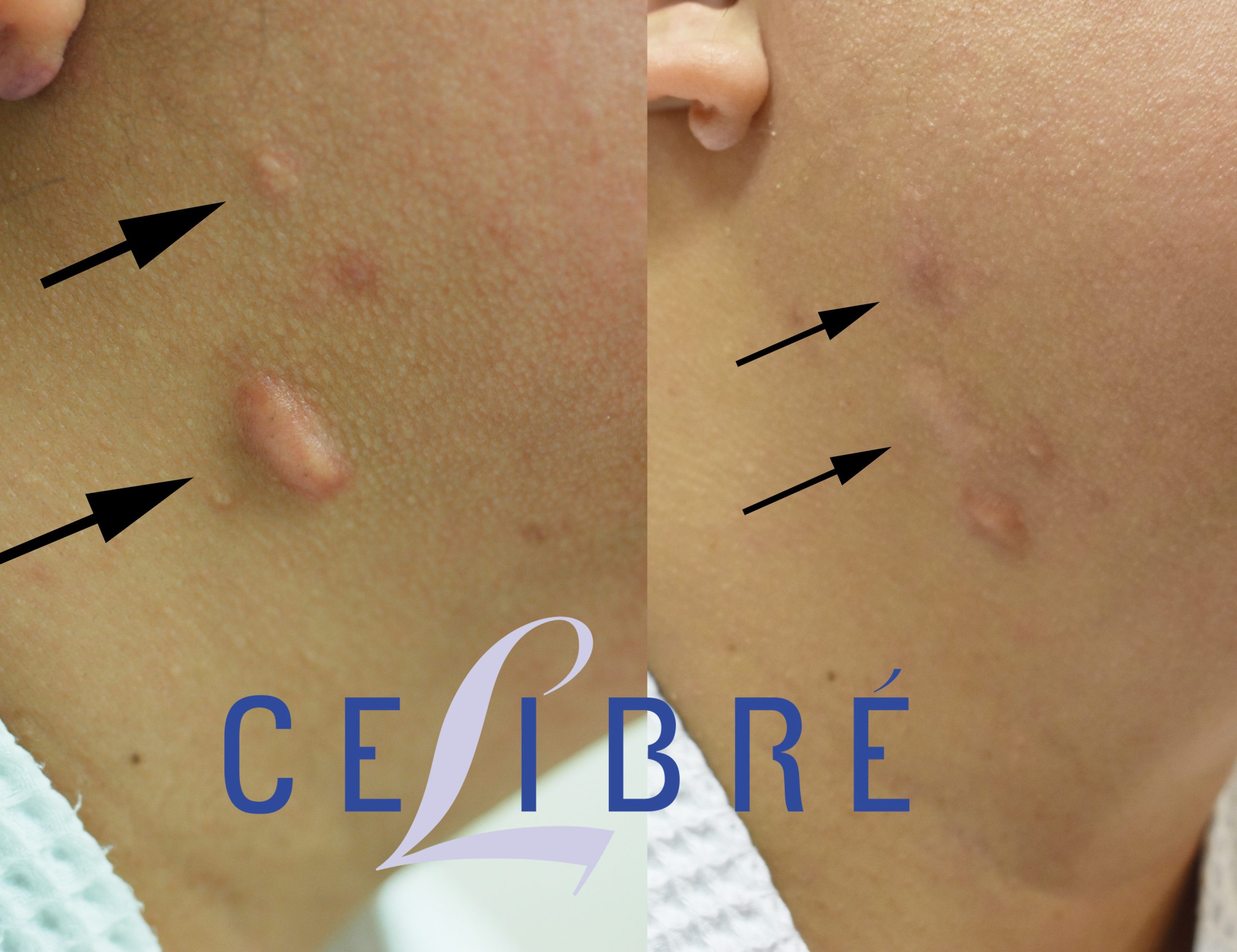
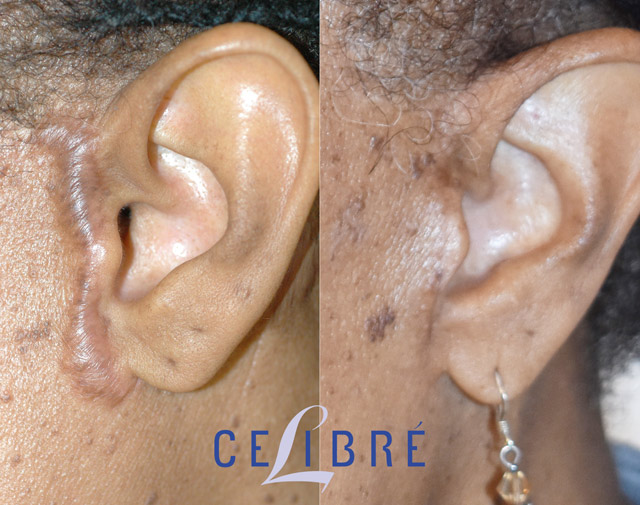
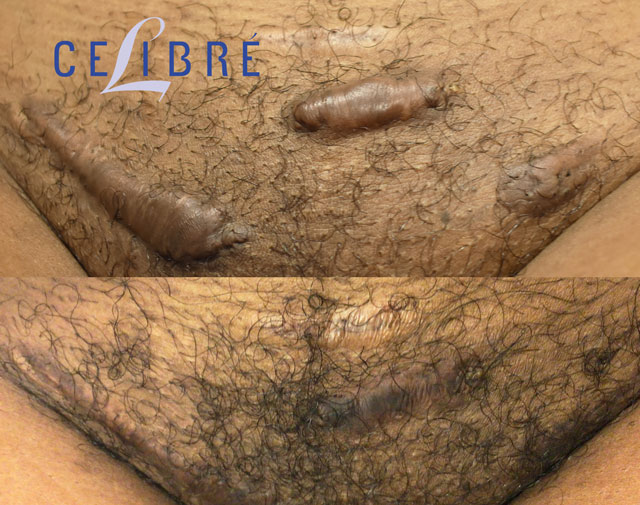


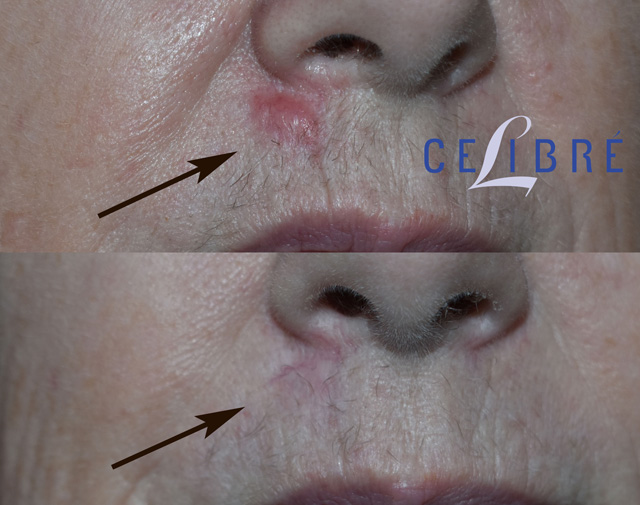
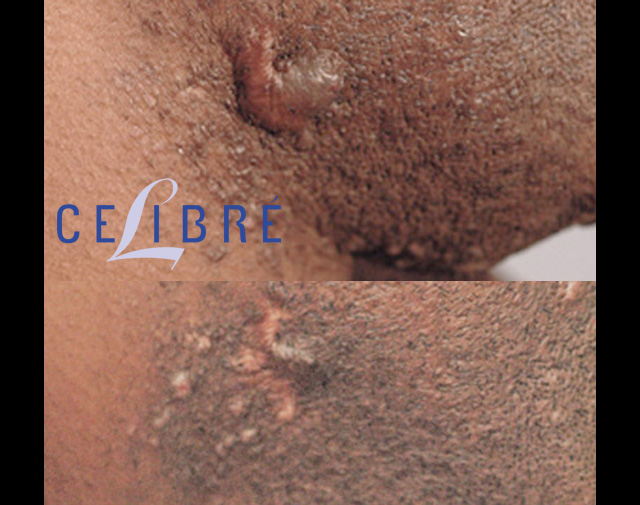








Keloids are raised, thickened areas of skin that form at the site of an injury. Unlike normal scars, which eventually flatten and become less noticeable, keloids extend beyond the original trauma area and can continue growing even after the wound has healed. They may form after surgery (and stitches), burns, piercings, acne, or even minor cuts. Keloids can affect any part of the body but are most commonly seen on the chest, shoulders, earlobes, and upper back.
The development of keloid scars is linked to an overproduction of collagen during the healing process. Normally, collagen is produced to repair damaged tissue, but in the case of keloids, the body produces too much, leading to the formation of these dense, rubbery, and often itchy or painful bumps. Typically, keloids form when the trauma of the injury has the dermal layer of the skin – the second layer which contains your collagen.
The exact cause of keloid formation is still not entirely understood, but several factors are believed to play a role:
One of the most widely used and effective treatments for keloid scars is steroid (corticosteroid) injections. Steroids have powerful anti-inflammatory properties, and when injected directly into the keloid, they can reduce inflammation, suppress collagen production, and shrink the scar. This makes steroid injections a popular choice for treating keloids that are raised, thickened, and causing discomfort.
Steroid injections involve administering a corticosteroid, typically triamcinolone acetonide, directly into the keloid. Brand names for the drug include Cortisone and Kenalog. The injection works by:
The process of treating keloid scars with steroid injections typically involves several sessions spaced out over weeks or months, depending on the size and severity of the scar. Here is a step-by-step overview of what to expect:
Steroid injections are one of the most effective treatments for keloid scars, but their success varies from person to person. Some of the factors that influence the effectiveness of the treatment include:
In many cases, steroid injections can flatten and shrink the keloid by up to 50-80%. However, complete eradication of the keloid is rare, and some patients may experience recurrence over time. Combining steroid injections with other treatments, such as laser therapy or surgical removal, can enhance results and reduce the likelihood of recurrence.
While steroid injections are safe, they can have side effects, particularly when used over an extended period. Some of the potential side effects include:
Patients should discuss the potential risks with their healthcare provider before starting treatment to ensure they fully understand the benefits and potential drawbacks.
While steroid injections are highly effective for many patients, they may not be suitable for everyone. For patients who do not respond well to steroids or experience significant side effects, alternative treatments are available. These may include:
Steroid injections offer a promising solution for individuals struggling with keloid scars, helping to reduce their size, alleviate discomfort, and improve their appearance. While the treatment is not a cure-all and may require multiple sessions, it can be an effective part of a broader strategy for managing keloid scars. By working with an experienced healthcare provider, patients can explore the most appropriate treatment options for their specific needs, helping them achieve the best possible outcomes in the management of keloid scars.
